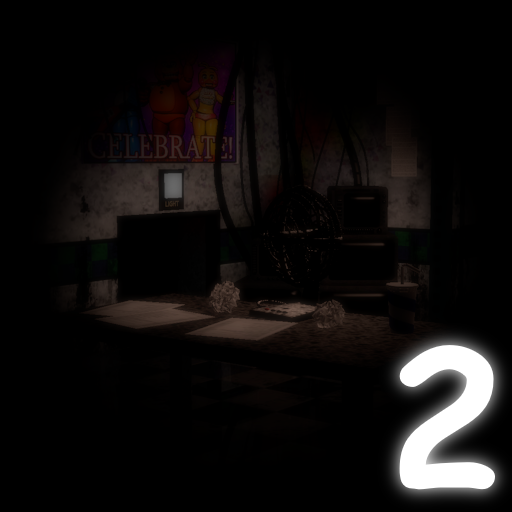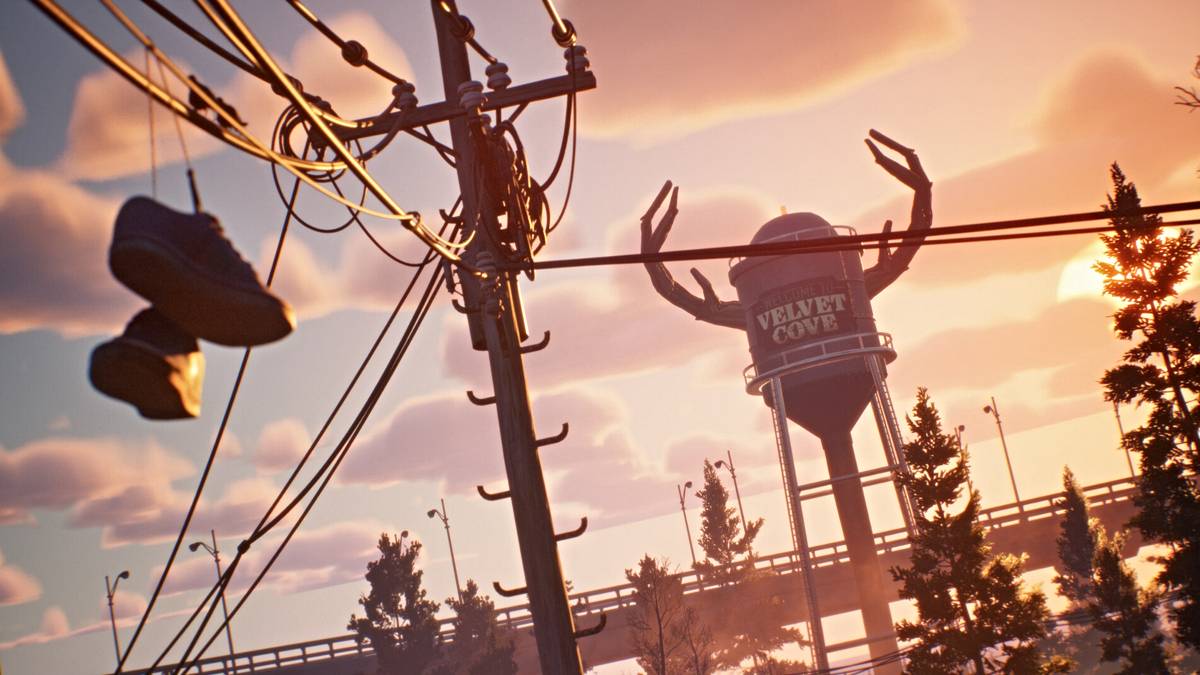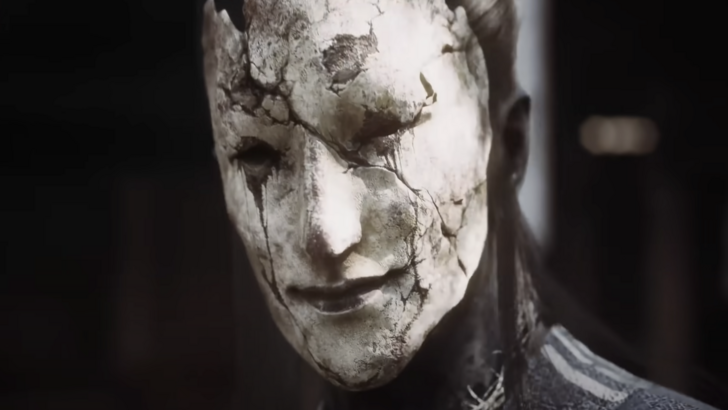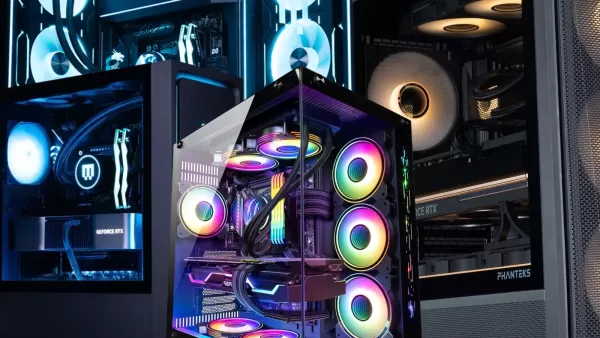
Installing the RTX 5080 – An Unexpected Odyssey
While my PC isn't ancient history with its AMD Ryzen 7 5800X and 32GB RAM on a Gigabyte X570 Aorus Master motherboard, upgrading to the RTX 5080 became surprisingly complicated. The GPU installation that should've been straightforward turned into a four-hour troubleshooting marathon.
My first mistake? Assuming the RTX 3080's power cables would work seamlessly with its successor. After connecting two PCIe 8-pin cables to only two of the new card's three adapters, the GPU remained lifeless. This led me to discover DoorDash delivers PC components – who knew? A $44 Corsair PCIe Gen 5 power cable delivery later, new problems emerged.
The X570's robust chipset fan blocked full PCIe x16 slot insertion, forcing me to use an x8 slot instead. Between this compromise and my aging CPU, I braced for performance limitations.
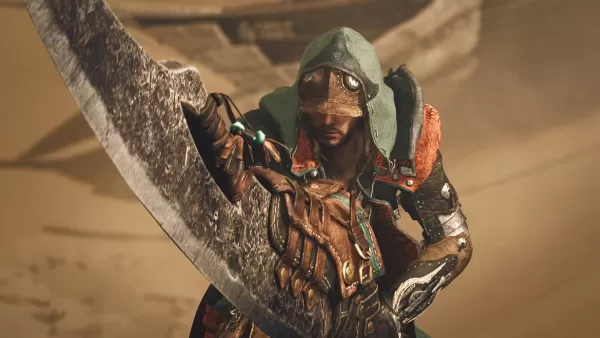
Performance Reality Check
Benchmarking across five games revealed the RTX 5080's raw performance landed squarely in middling territory on my setup. But DLSS 4's Multi Frame Generation changed everything, delivering the spectacular frame rate boosts Nvidia promised – despite my imperfect configuration.
The technology's AI-generated frames (up to three per real frame) produced staggering improvements:
- Monster Hunter Wilds: Jumped from 51fps (native) to 124fps (Ultra Performance)
- Avowed: Soared from 35fps to 113fps (223% increase)
- Oblivion Remastered: Improved from 30fps averages to 95fps
- Marvel Rivals: Boosted from 65fps to 182fps (though with slightly higher latency)
- Black Myth Wukong: Benchmarked at 69fps versus native 42fps
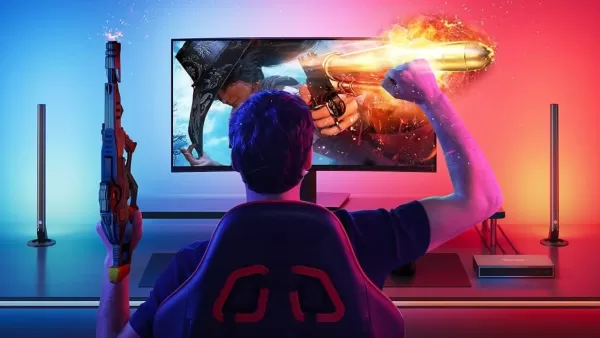
The DLSS 4 Compromise
While transformative, DLSS 4 isn't flawless. I noticed occasional texture fuzziness and inventory screen artifacts – understandable tradeoffs for dramatically higher frame rates. The technology effectively compensates for hardware limitations and poorly optimized games, though I hope developers don't over-rely on it.
Final Verdict
This experiment proved major GPU upgrades don't necessarily require full system overhauls. Despite my PCIe x8 limitation and previous-gen CPU, the RTX 5080 delivered remarkable performance through DLSS 4's AI magic. While I'd recommend proper installation (maybe trim that chipset fan), the results demonstrate today's GPUs can breathe new life into aging systems – especially with Nvidia's frame generation technology.
Key takeaways:
- New GPUs work surprisingly well in older systems
- Power requirements may necessitate PSU/cable upgrades
- DLSS 4 dramatically enhances playability despite hardware limitations
- The technology buys time before complete system upgrades become necessary










